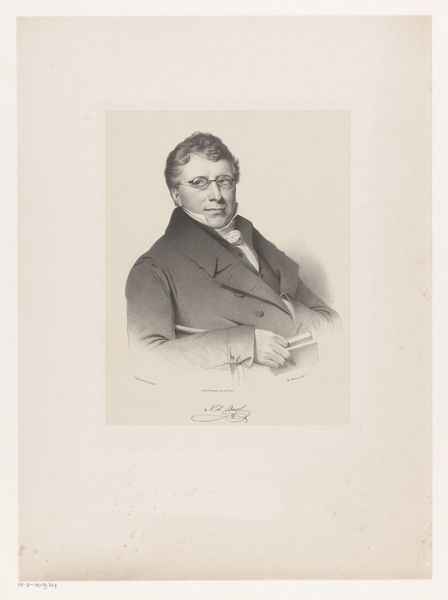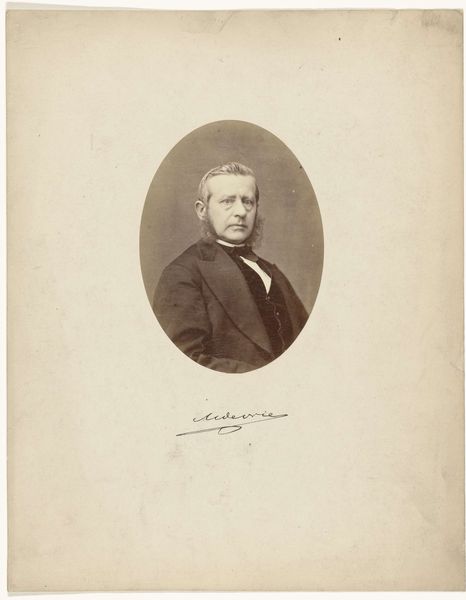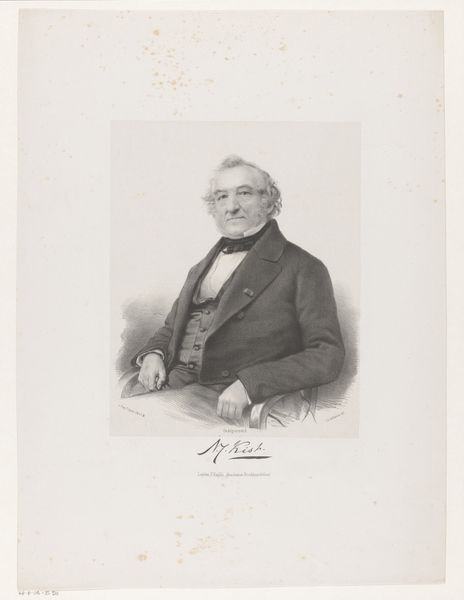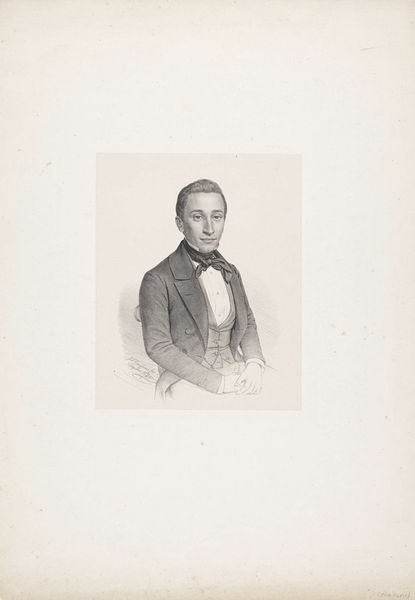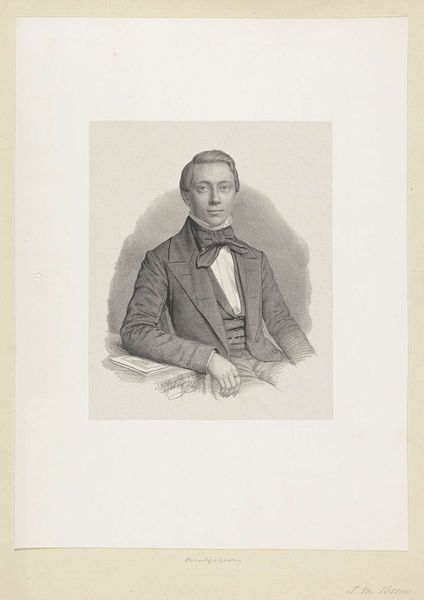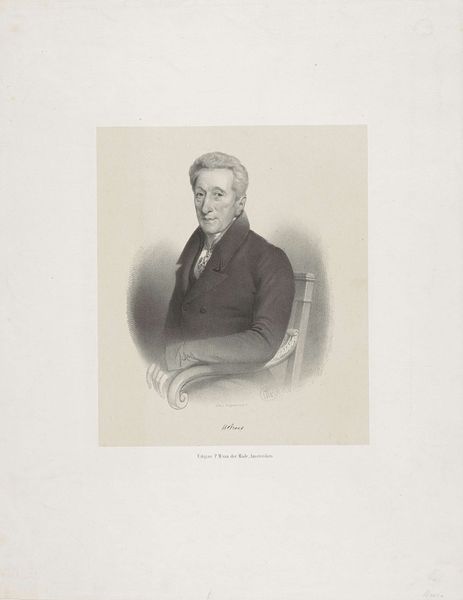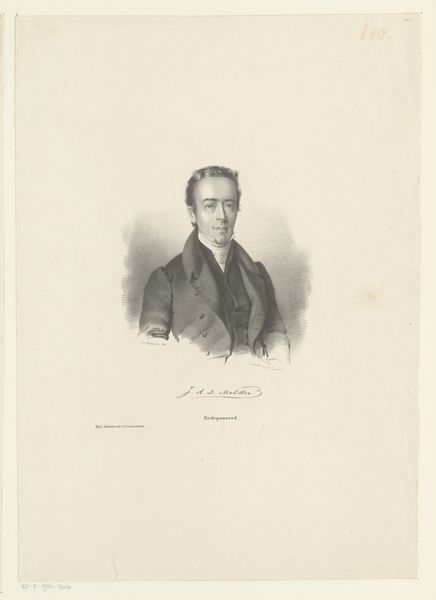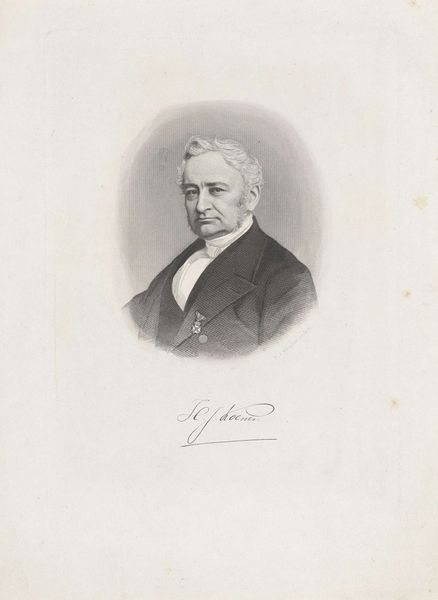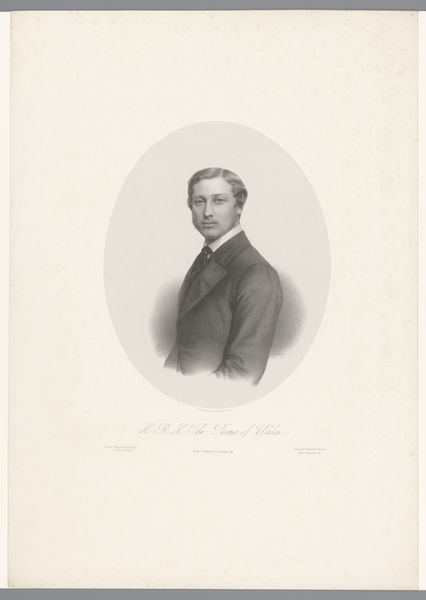
drawing, pencil
#
portrait
#
pencil drawn
#
drawing
#
light pencil work
#
pencil sketch
#
charcoal drawing
#
historical photography
#
pencil drawing
#
pencil
#
pencil work
#
history-painting
#
academic-art
#
realism
Dimensions: height 252 mm, width 335 mm
Copyright: Rijks Museum: Open Domain
Editor: So, this is "Portret van een onbekende man," a pencil drawing by Adrianus Johannes Ehnle, created sometime between 1842 and 1887. It’s striking how lifelike the subject appears despite the medium. What's your take on this portrait? Curator: It's interesting to consider this portrait within the context of 19th-century portraiture and the rise of photography. The detailed rendering, emulating a photograph, reveals the artist’s technical skill, which was highly valued. But with the proliferation of photography at that time, one might ask, what was the purpose of a drawn portrait like this? Was it intended to serve the same function as a photograph, or was there something more? Editor: That's a great question. It feels like there’s an attempt at capturing something beyond just a likeness. Perhaps an essence or character of the man. Curator: Exactly. Consider also the social implications. Who could afford to commission a portrait, even a drawn one? What did the act of representation signify about the sitter's status, aspirations, and self-perception within that society? Also, how did institutions like the Rijksmuseum shape the perception and appreciation of these artworks by classifying them within its collection? Editor: That really changes how I see it. It's not just about the individual in the portrait, but about the larger social structures at play. Curator: Indeed. It reminds us that artworks are not created in a vacuum, but are deeply enmeshed in networks of power, patronage, and representation. Has considering that changed your view? Editor: Definitely. I was initially drawn to the artistry of the portrait itself, but now I’m more interested in what it represents about the sitter’s place in society and the artist's role. Thanks, I'll keep that in mind from now on.
Comments
No comments
Be the first to comment and join the conversation on the ultimate creative platform.
